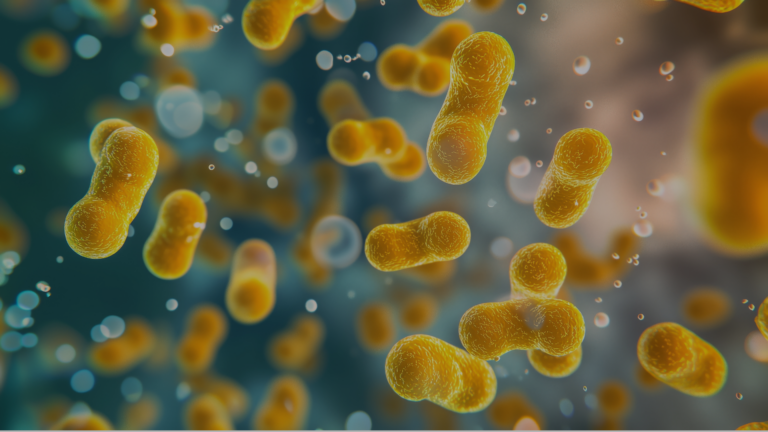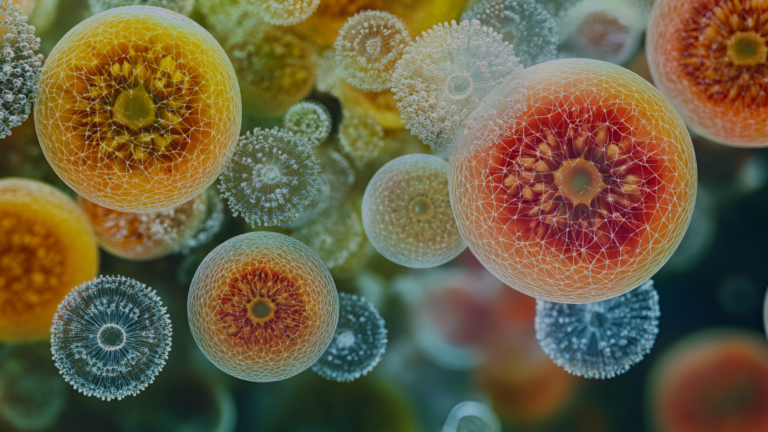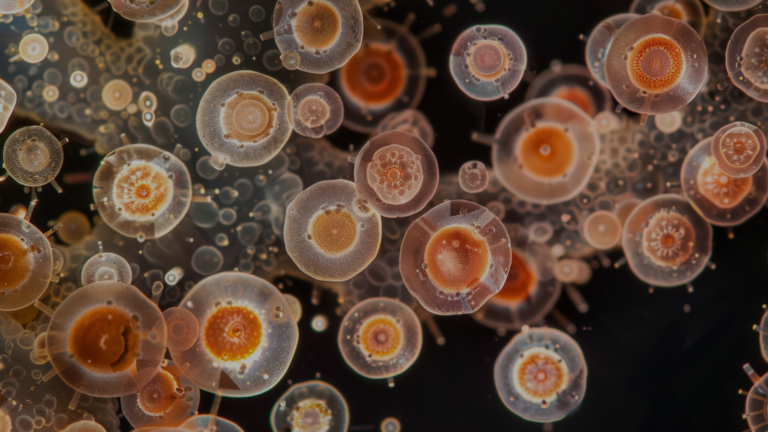
What Is Human Native™ and Why It Matters for Your Gut
Not all probiotics are created equal. Many on the market are sourced from soil, dairy, or plants. While they may provide temporary benefits, they are
Walk into any health store or scroll through supplements online, and you’ll see endless probiotics promising everything from better digestion to glowing skin. But here’s the truth: not all probiotics actually work. Many never survive the journey through your stomach acid, some don’t naturally belong in the human gut, and others are paired with fillers that do more harm than good.
So how do you know if a probiotic is worth your money? Let’s break it down.
Many probiotics on the market come from soil or dairy. While they might survive outside the body, they aren’t natural residents of the human gut microbiome. That means they’re less likely to take hold and create lasting benefits.
At Element Longevity, we focus on Human Native™ strains like Bifidobacterium adolescentis—a species that already exists in a healthy gut. Because it’s designed to live in your digestive tract, it’s more effective at restoring balance and supporting long-term gut health.
If a probiotic doesn’t have science behind it, it’s just guesswork. You should look for strains that have been clinically studied in humans, not just in a lab dish. For example, Bifidobacterium adolescentis has been shown to:
These aren’t vague promises—they’re results backed by research.
Even the best strain won’t work if it can’t survive the trip to your gut. Many probiotics are destroyed by stomach acid before they even reach your intestines. That’s why delivery matters.
Element Longevity probiotics are carefully encapsulated for maximum survival, ensuring the bacteria actually reach the part of your gut where they’re needed most.
A high number of colony-forming units (CFUs) sounds impressive, but more isn’t always better. If the strains aren’t relevant to the human gut, or they’re fighting for space with the wrong bacteria, they won’t help you. What matters is targeted, functional strains—not just a random mix.
Probiotics are like seeds. But without the right soil and nutrients, they won’t thrive. That’s why pairing a probiotic with precision prebiotics makes all the difference. By feeding only the beneficial microbes (and not the harmful ones), prebiotics help probiotics establish themselves for real, lasting benefits.

Not all probiotics are created equal. Many on the market are sourced from soil, dairy, or plants. While they may provide temporary benefits, they are

For many people, dairy products can cause bloating, gas, and discomfort. The reason is simple. As we age, our natural production of lactase, the enzyme

Your gut microbiome is more than just a collection of bacteria. It’s a thriving ecosystem that communicates with every part of your body—your brain, immune